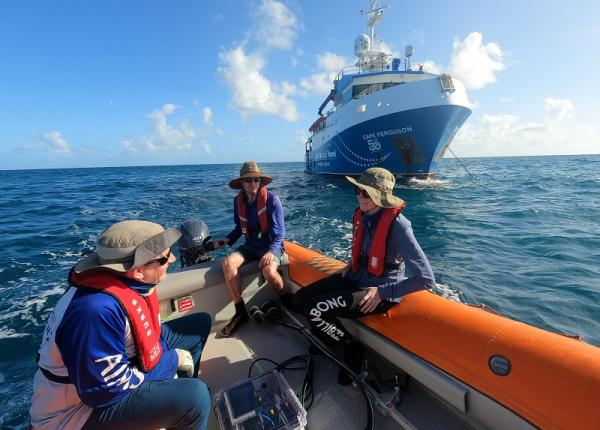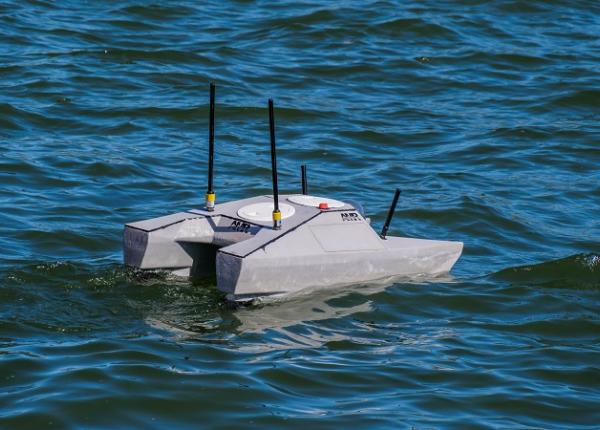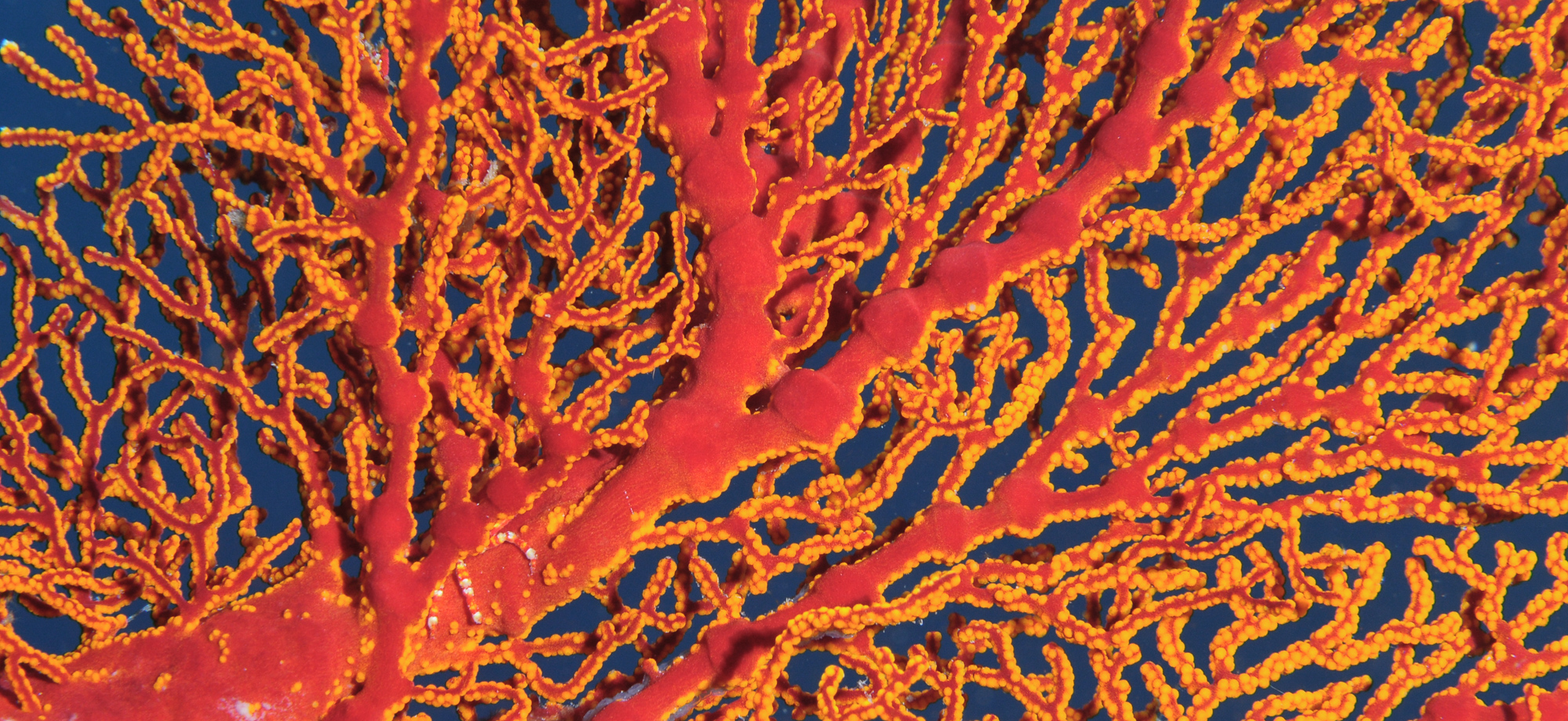We can now automatically process and classify data about large areas of the sea floor thanks to a transformative machine-learning method developed by AIMS.
Researchers from the Australian Institute of Marine Science have developed an advanced remote sensing model that will significantly enhance efforts to manage and restore coral reefs.
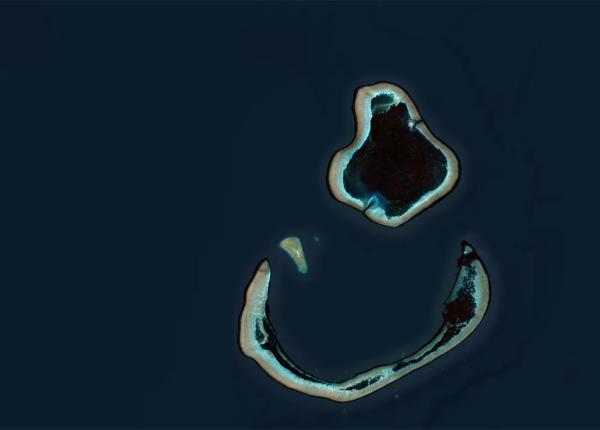
Photo-realistic 3D images of sections of the Great Barrier Reef that will aid recovery and management efforts could be produced faster and more accurately thanks to a new partnership between AIMS and La Trobe University.
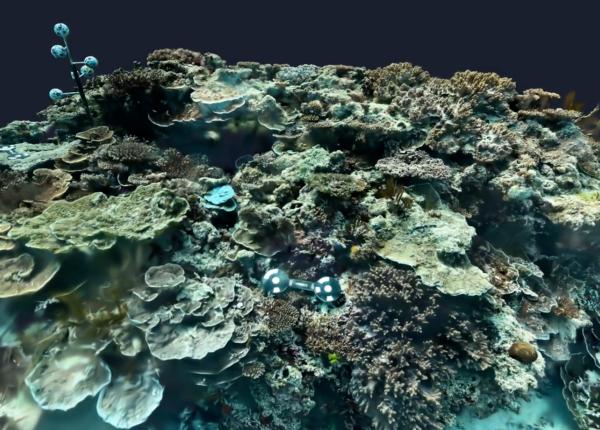
Portable aquariums that can be set up in remote areas to each propagate up to 100,000 young corals at a time for reef restoration will be developed by the Australian Institute of Marine Science.
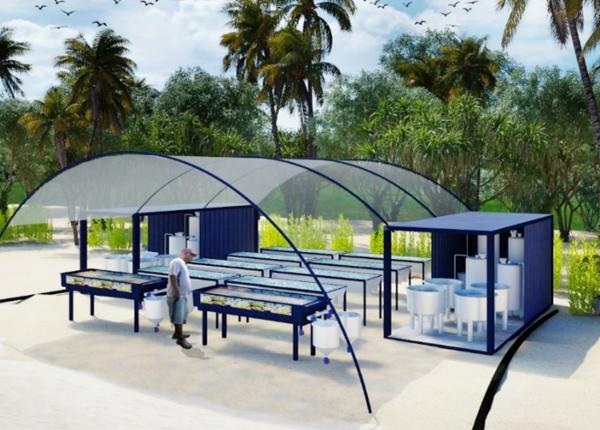
Innovative AIMS-developed coral reef monitoring technology is being adopted in the Philippines.
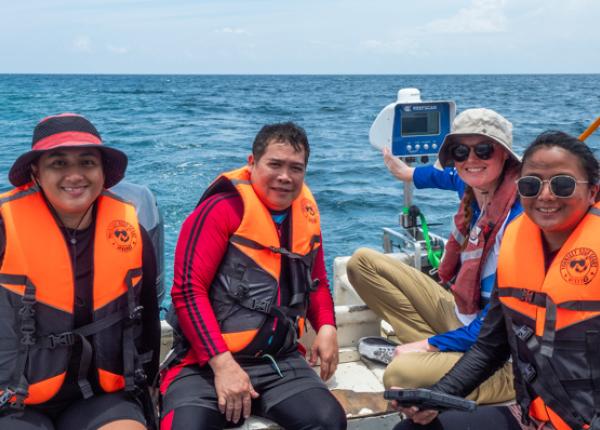
Australia’s fledgling autonomous marine technology industry put its newest products to the test at ReefWorks, AIMS’ tropical marine technology test range, during an Open Range event.
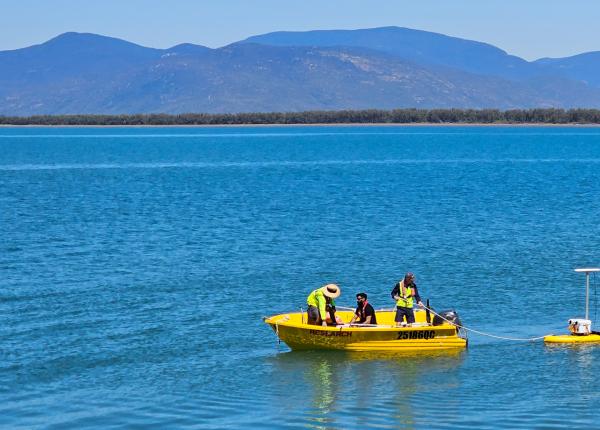
Photogrammetry is the scientific technique that can not only transport you into the delicate corners and crannies of the underwater world but enable AIMS scientists to measure large sections of the Great Barrier Reef. This is accelerating their ability to help vulnerable reefs recover and adapt to a warming climate.
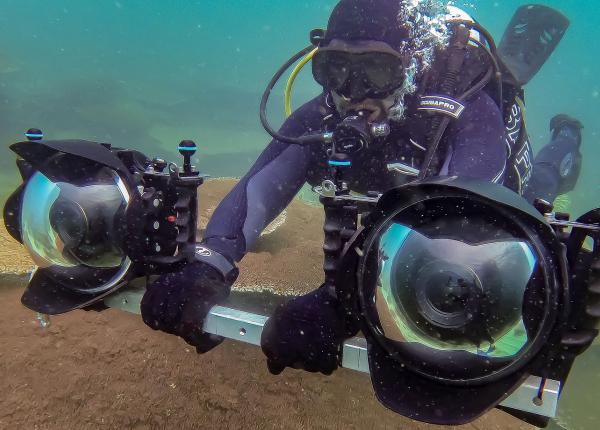
Like self-driving cars, self-driving or autonomous boats are rapidly developing to perform a wide range of tasks from marine monitoring and mapping to surf rescue, border patrol and ocean surveillance.
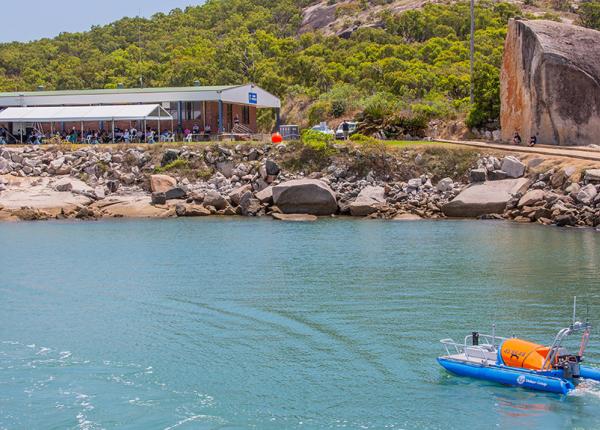
When De’vereux Harvey was studying mechanical engineering seven years ago, she did not imagine it would lead to a job where she got to visit some of the most sought-after reef destinations in the world to design systems to support marine science.
